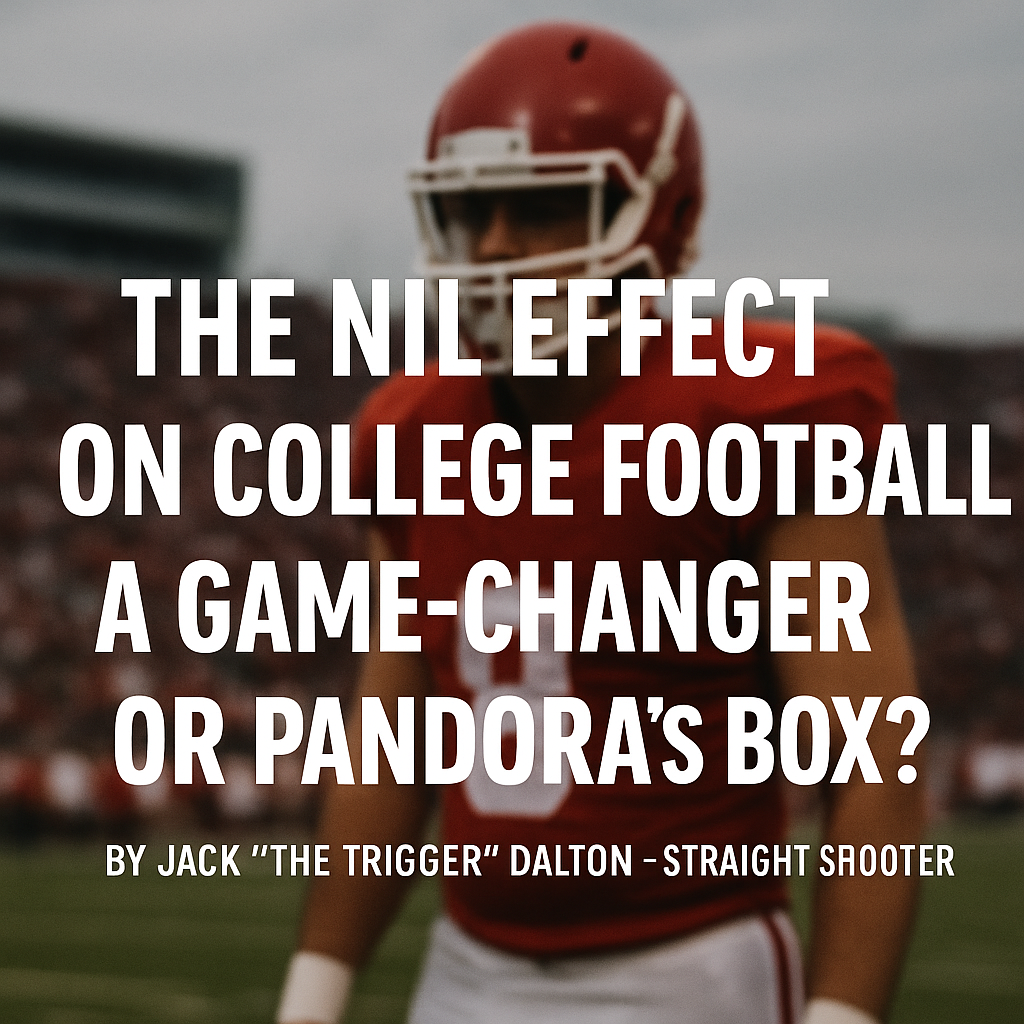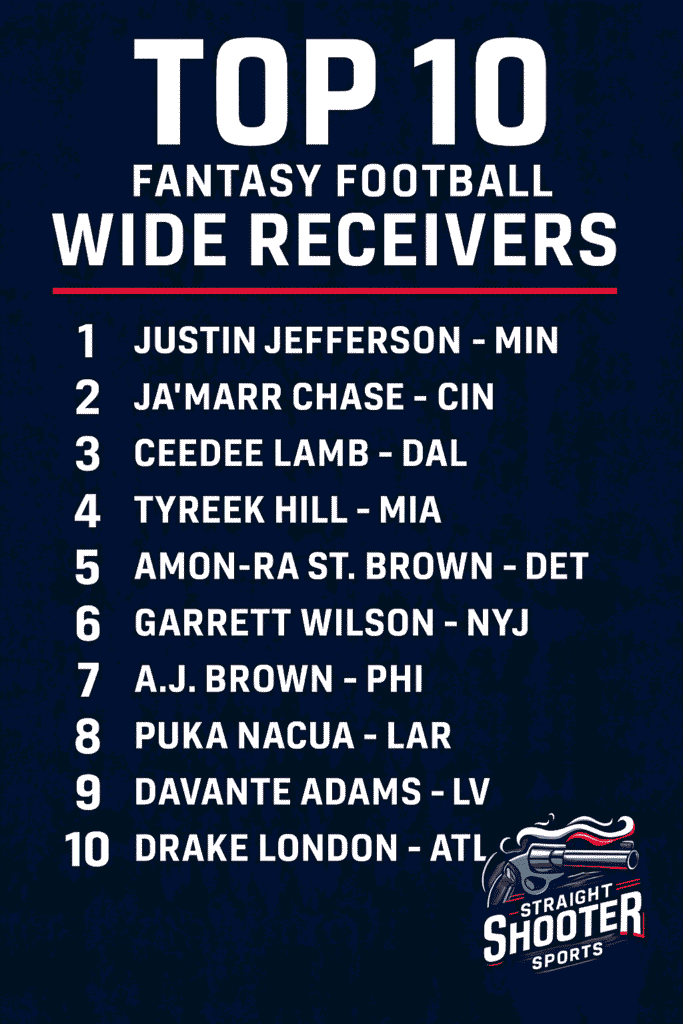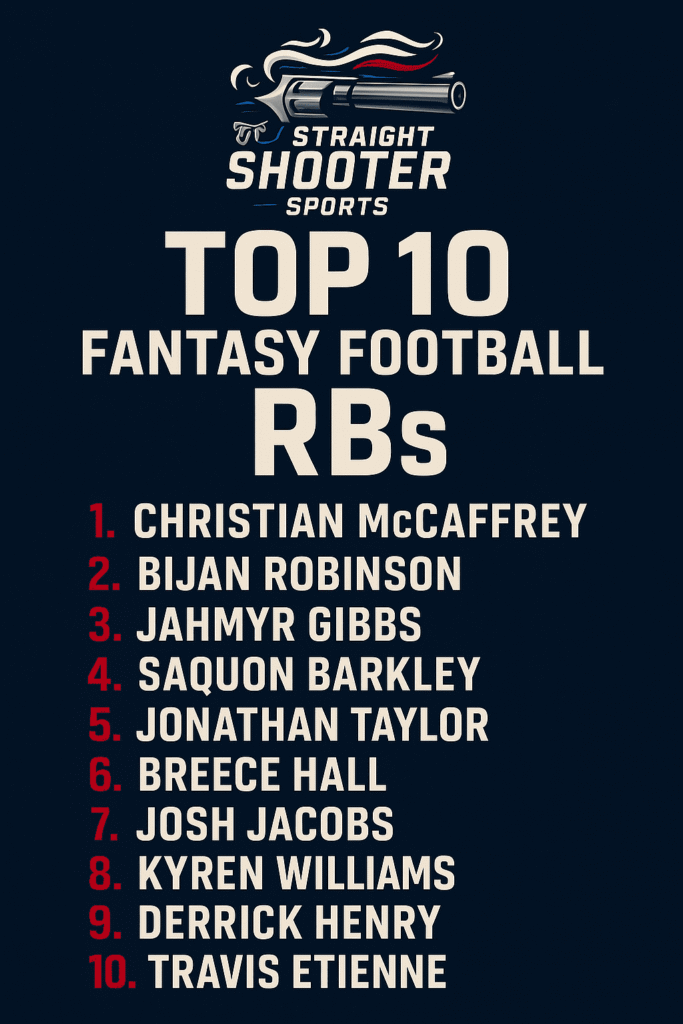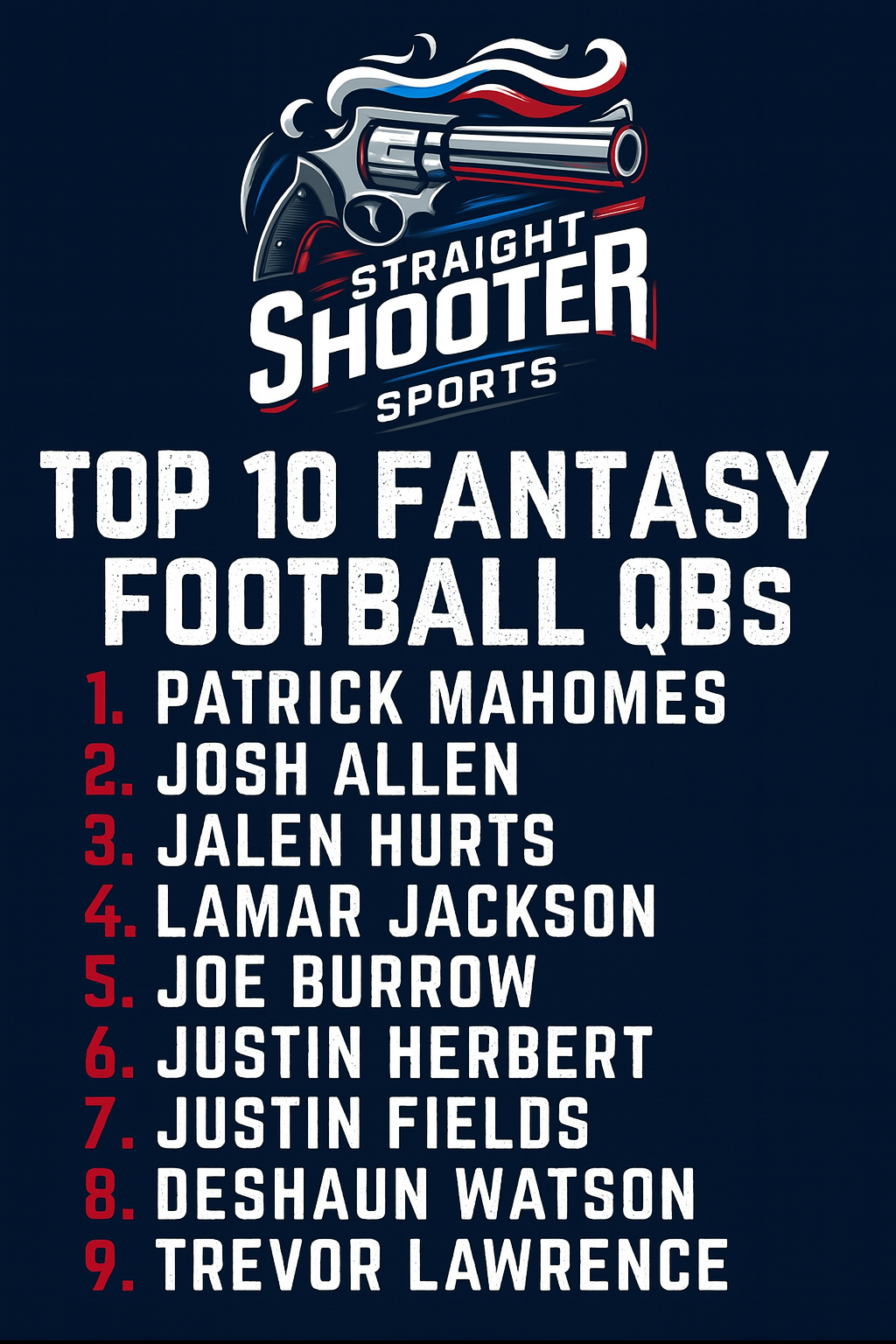By Jack “The Trigger” Dalton – Straight Shooter Sports
Let’s call it what it is — college football is no longer just a battleground for school pride and NFL dreams. It’s now also a high-stakes marketplace. Ever since the NCAA opened the gates for athletes to earn income through their Name, Image, and Likeness (NIL), the game has fundamentally changed.
Some say it’s a win for fairness. Others say it’s chaos in shoulder pads. I’ve spent years around this game, and here’s the straight truth from someone who’s seen it evolve from the inside out.
✅ The Upside: Players Finally Getting Their Due
For decades, college athletes — especially football players — generated billions in revenue for universities, networks, and sponsors. Yet, the players themselves were left with little more than a scholarship and some free gear.
NIL flipped that script. Players can now earn real money through:
-
Sponsorship deals
-
Autograph signings
-
Social media promotions
-
YouTube content and podcasts
-
Personal businesses and merch
Take a look at Shedeur Sanders or Arch Manning — they’re walking brands. And for once, the spotlight comes with a payday.
This has also:
-
Helped athletes support their families
-
Opened doors for financial literacy
-
Made staying in school more appealing
-
Given smaller-school players a platform to shine
❌ The Downside: Free Market Mayhem
But let’s not kid ourselves — this isn’t all glory.
The NIL era has become a bidding war. Wealthy boosters have formed “collectives” to funnel money to recruits. Suddenly, a 19-year-old offensive lineman might jump ship because another school offers $250K and a car.
We’re seeing:
-
Broken locker rooms
-
Star players out-earning their coaches
-
Transfers based solely on NIL offers
-
Unequal treatment that fractures team culture
And coaches? They’re struggling to keep up. Many admit they’re spending more time managing NIL deals than developing talent or game-planning. That’s not football — that’s corporate chaos.
⚖️ The Middle Ground: Can NIL Be Saved?
The genie’s out of the bottle, but we don’t have to burn down the house. With the right structure, NIL could become a sustainable part of college athletics.
Here’s what needs to happen:
-
Clear federal or NCAA oversight
-
Cap systems or equity-based guidelines
-
Financial education programs for players
-
Transparency in how deals are offered and tracked
We need to protect the spirit of the game — grit, teamwork, and legacy — before it’s replaced entirely by dollar signs.
🎯 Final Take: It’s a New Era, But Not a Lost One
I’m all for players getting paid. It’s overdue. But we can’t pretend this is business as usual — it’s not. NIL has changed college football forever, and whether that change becomes a lasting legacy or a short-lived mess will depend on what we do next.
One thing’s for sure: this ain’t your daddy’s Saturday kickoff anymore.




